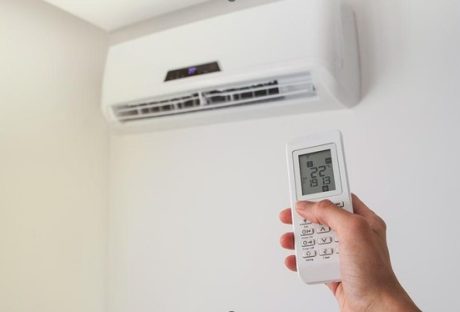It seems like a thing of the future; something reminiscent of sci-fi films set on spaceships, complete with large, omniscient motherboard computers. But having a smart home controlled by virtual voice command technology is very much a thing of the present. With the release of Apple’s Siri technology in 2011, the virtual assistant game was changed. The ability to give commands verbally to an in-device personality, Siri, opened the door for easier, more productive living. Now with Amazon and Google joining the race, and other companies following suit, there’s suddenly a whole heap of new virtual assistant options.
Moving away from purely phone/tablet based assistants, the market now includes home-based alternatives. Google Home or Amazon’s Echo (complete with assistant Alexa) allows users to turn their space into “smart homes”, wherein with a simple verbal command, they can instruct their assistant to perform all kinds of tasks around the home, such as turning lights on and off.
There are also some things you should be careful about. According to Lendi smart home can be targeted by hackers since the whole house is connected via Wi-Fi or Bluetooth.
Some of the best things include While upgrading Smart Home:
- Controlling lights
- Changing a home’s temperature
- Playing music
- Opening/closing garage doors
There are loads more options you can choose from, and third-party capabilities you can put in place (Amazon’s Alexa can perform over 10,000 tasks!), like creating lighting sensors, or scheduling changes to your lights, alarms, and thermostat.
Virtual voice assistants also signal a massive change in the lives of people living with disabilities or illness. The chance to utilise voice commands to perform everyday tasks removes the barrier that mobility issues and physical impairment create. For able-bodied people, virtual assistants are a cool new way to increase productivity and promote convenience. Consider then the massive improvement this technology can make in the lives of people living and thriving with disabilities. The extra support can be life-changing. All in all, another point scored for the virtual assistants’ pros list.
So, the basic gist is that having your house properly set up as a smart home is awesome and opens you up to a heap of benefits. However, setting the system up can be confusing.
You’ll largely need to consider two things:
Choosing your assistant:
The main players that hold the monopoly on the smart home/virtual assistant market are Amazon’s Alexa, Apple’s Siri, and Google’s Assistant. They all have their pros and cons, and your choosing which one suits you best is ultimately a matter of personal preference. They all offer easy-to-use voice commands, but there are several different things to consider when deciding on an assistant:
- Price
- Capabilities (what can you do/control?)
- Compatibility with Android or Apple products
- Ease of set-up (how long and difficult is it to get running?)
- Ease of use (Is it perceptive and easy to talk to?)
- Assistant’s intelligence (How easily and well it can answer questions.)
Choose your hardware:
After deciding on your virtual assistant, you’ll need physical hardware to support it. Each different assistant offers different options, like the Amazon Echo. They too have their pros and cons. There are also different models of each hardware device, so there are multiple cost, sound and utility options. Your hardware largely depends on which assistant you choose, so that will also narrow down your options.
The last important thing to think about when considering the purchase of a virtual voice assistant is your internet’s performance. If you’re having to use your phone’s personal hotspot at home because your connection is slow and temperamental, perhaps think about changing your home internet’s carrier or plan. You’ll need to choose a reliable broadband connection to run and use your assisting device, and you may need to research bandwidth, and how this affects how well your devices stream content and perform commands.
Read Also:






















